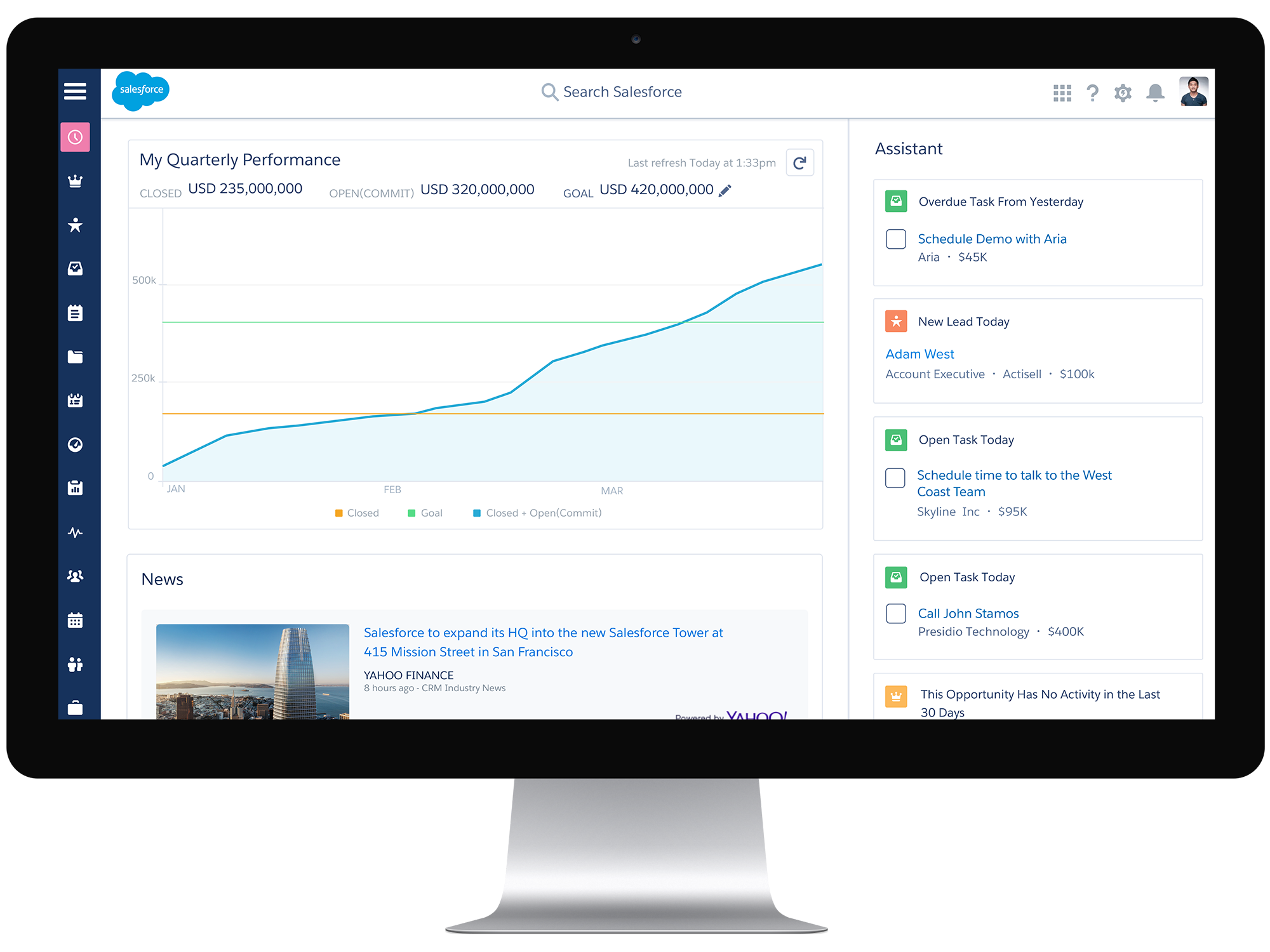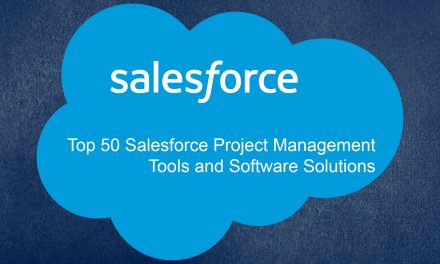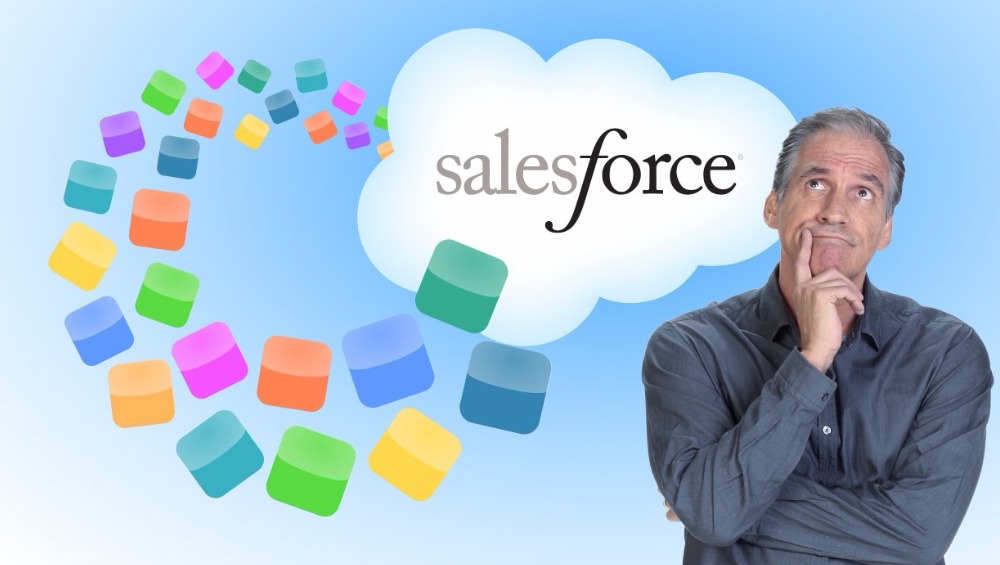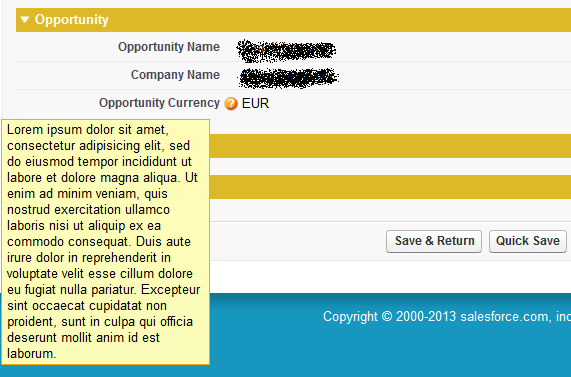There seems to be a never-ending explosion of all things Lightning at Salesforce. Having a hard time keeping track? Let’s take a moment to understand Lightning’s various flavors. Whether you want to launch a product on the AppExchange (all new applications now need to be Lightning Ready to be listed), or implement Lightning in an existing solution, you’ll need to know the differences between:
- Lightning App Builder
- Lightning Bolt
- Lightning Components
- Lightning Console
- Lightning Design System (SLDS)
- Lightning Editions
- Lightning Experience
- Field Service Lightning
- Lightning LockerService
- Lightning Out
- Lightning Process
- Lightning Voice
While intertwined, each are very different.
Lightning App Builder
Lightning App Builder is the culmination of all things Lightning. It allows the Admin to pull together all of the pieces into an app with little or no development time, building custom pages for Lightning Experience and Salesforce1 quickly with point-and-click tools. Admins can install components from the AppExchange, and then drag and drop them onto a Lightning page. The Lightning App Builder also gives Admins ways to configure components as needed.
Lightning Bolt
Lightning Bolt is a framework for deploying communities and portals faster. Now, you can leverage Lightning Components to build Bolt solutions that have deep business logic and workflow built-in, including e-commerce, recommendation engines, case management and more, all with drag and drop ease. Lightning Bolt allows ISVs to export templates and pages to distribute to customers. Build industry-specific solutions for others to reuse and enhance. The result? A dramatic reduction in development time and cost. Here’s our blog post on Customizing Lightning Template-Based Communities with Lightning Bolt.
Lightning Components
Lightning components are self-contained units of code. Responsive, reusable building blocks for making apps and pages, components can be as small as individual widgets or full pages of functionality. Lightning components provide a modern framework for building single-page applications with dynamic, responsive user interfaces for Force.com apps. Mobile is baked into the core of Lightning Components, and it makes developing apps that work on both mobile and desktop devices far simpler than many other frameworks — all with best-in-class security. The AppExchange features components that are already built for your org for free or purchase. Here’s our blog post on Developing Lightning Component Bundles for ISV Apps.
Lightning Console
A reimagined Service Cloud Console, Lightning Console aims to maximize agent productivity, deliver an excellent customer experience, and simplify the agent experience. Service Console provides agents with a 360 degree view into cases with milestones, entitlements, response time dashboards, and knowledge articles to help resolve cases.
Lightning Design System (SLDS)
Salesforce now provides tools to customers and partners to develop UIs that look and operate just like the (new!) native Salesforce system. SLDS is a CSS framework: a collection of design patterns, components, and guidelines. This can greatly reduce development time to bring beautiful interfaces to life with a look and feel that is consistent with Salesforce core features. Platform agnostic, the CSS framework can be used with any technology stack. SLDS allows developers to write a page once and use it on both the desktop and in Salesforce1. Here’s a post from our Design Team on Why SLDS is Awesome.
Lightning Editions
In honor of the 50th release of Salesforce, they took a look at how customers were using the different editions. After chatting with customers and partners, Salesforce came to the realization that customers wanted more configuration capabilities with key features included rather than sold a la carte. The result is Lightning Editions for Sales Cloud and Service Cloud. Existing users will get the new features automatically and at no extra cost. Some of the features include Console Apps, more sandboxes, and the ability for Professional Edition customers to use Process Builder.
Lightning Experience
Lightning Experience is a “completely reimagined experience” full of new features and enhancements to increase user productivity and navigation. It’s a UI overhaul for the desktop edition of Salesforce, and what people commonly think of when talking about Lightning. Replacing Aloha to deliver a similar layout and styling to Salesforce1, Lightning Experience better aligns the two products, and reduces the number of interfaces that a user needs to be proficient in.
There’s no additional cost for Lightning Experience, and Admins can enable it at either the org level or at the user or profile level for Enterprise, Unlimited, and Performance editions. Regardless of edition, users can toggle between Lightning Experience and Salesforce Classic at anytime using the profile menu. More Lightning Ready apps arrive on the AppExchange daily.
Field Service Lightning
Field Service Lightning helps to improve mobile service operations and helps to deliver more personalized service from the phone to the field. Agents can create work orders and field technicians can execute and track work order status. The ability to schedule and assign work intelligently is baked into the product.
Lightning LockerService
Lightning LockerService enforces security into Single Page Applications built using Lightning components. Locker uses browser CSP (Content Security Policy) to prevent a web page against cross-site scripting (XSS), clickjacking and other code injection attacks resulting from execution of malicious content in the trusted web page context.
In addition to prevention against vulnerabilities, Locker provides two key functions: namespacing your components (similar to Apex namespacing) and isolating component Javascript to only interact with your own component. This allows the secure co-existence of components from multiple vendors on the same web page and ISV’s to build components to publish on the AppExchange. LockerService is a collection of open source Javascript files and is maintained by Salesforce here. Check out our blog post on answers to your Top Five LockerService Questions.
Lightning Out
Lightning Out is a powerful feature where you can take your components built inside Salesforce to the external system. Whether you are running a node or a Sharepoint application, you can reuse the components you have built for Community or App Cloud and have it running outside the platform. Render your Lightning Components inside Visualforce pages using Lightning Out technology. Here’s our blog post on Using Lightning Out to Access Lightning Components in Visualforce.
Lightning Process
Lightning Process is really just a rebranding of Process Builder and Flows. The Process Builder is a workflow tool that helps you easily automate your business processes by providing a powerful and user-friendly graphical representation of your process as you build it – all without coding. In fact, you can even call Apex that a developer has written from your flow!
Lightning Voice
Salesforce launched Lightning Voice, an out-of-the-box solution enabling voice calls directly within Sales Cloud. Users can call customers, receive calls, automatically log calls and take notes all within the platform. In addition, when a lead, contact or account is created in the field, salespeople will get a notification on their desktop with the new account record and number so they can instantly call them. Plus, salespeople have the ability to localize their number to match a contact’s region and increase the likelihood of a call getting answered.
Summary
It’s easy to get lost in the maze of All Things Lightning, especially when the word lightning is used interchangeably at Salesforce. Hopefully this blog post gives you a quick reference guide to help you identify the flavor you’re seeking. I’ll leave you with two thoughts:
- Salesforce launched a $50M fund for startups building Lightning-based applications.
- If you are seeking to build a new product for the AppExchange, you need to build for the Lightning Experience to be listed. We can help you.
At CodeScience, we help SaaS businesses thrive on the AppExchange. From ideation and product strategy to user experience, design and product development we bring solutions to market in a way that transforms our clients’ businesses and their bottom lines. We know Lightning, whether it’s updating an existing product or starting from scratch.






Recent Comments